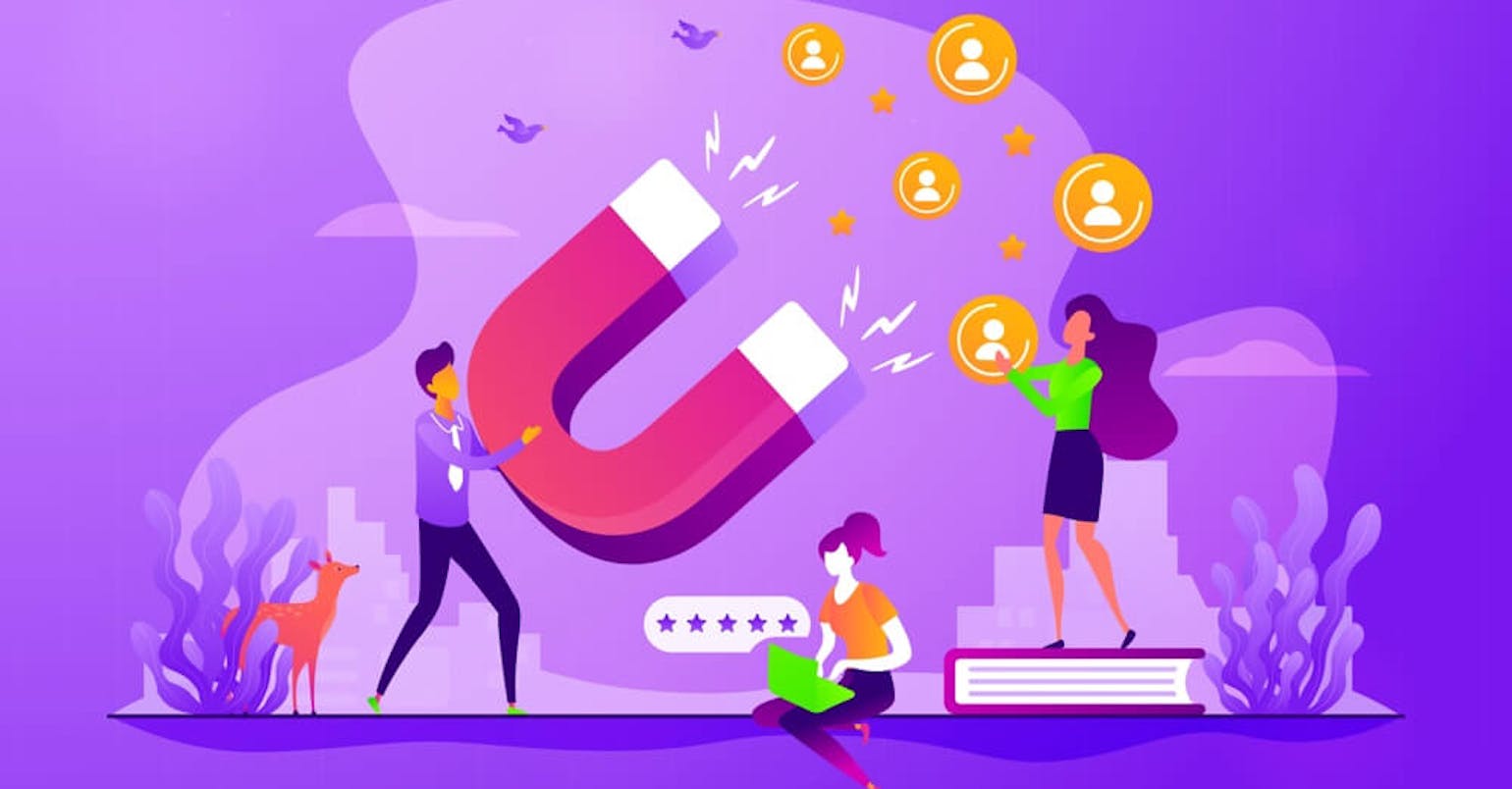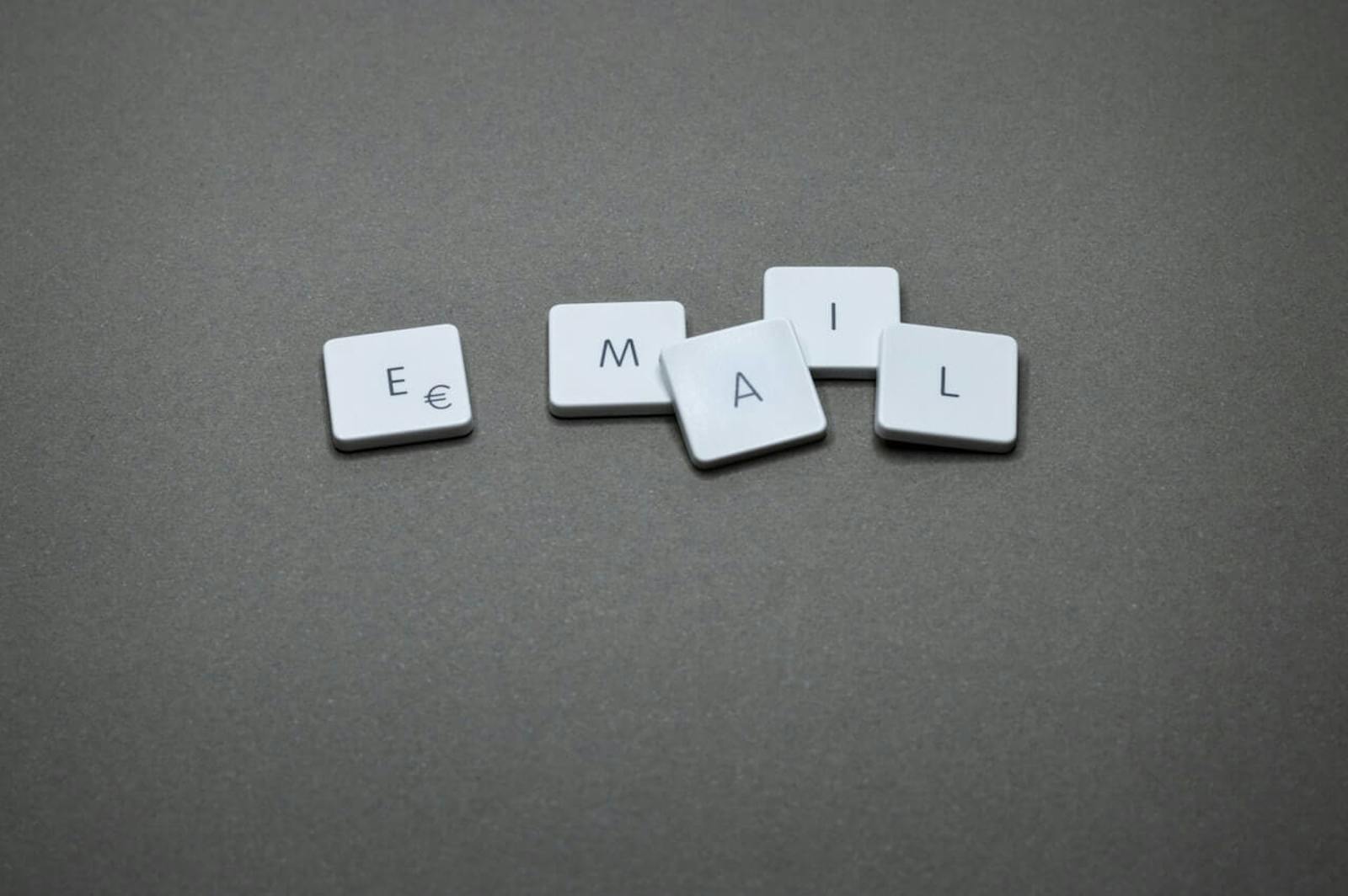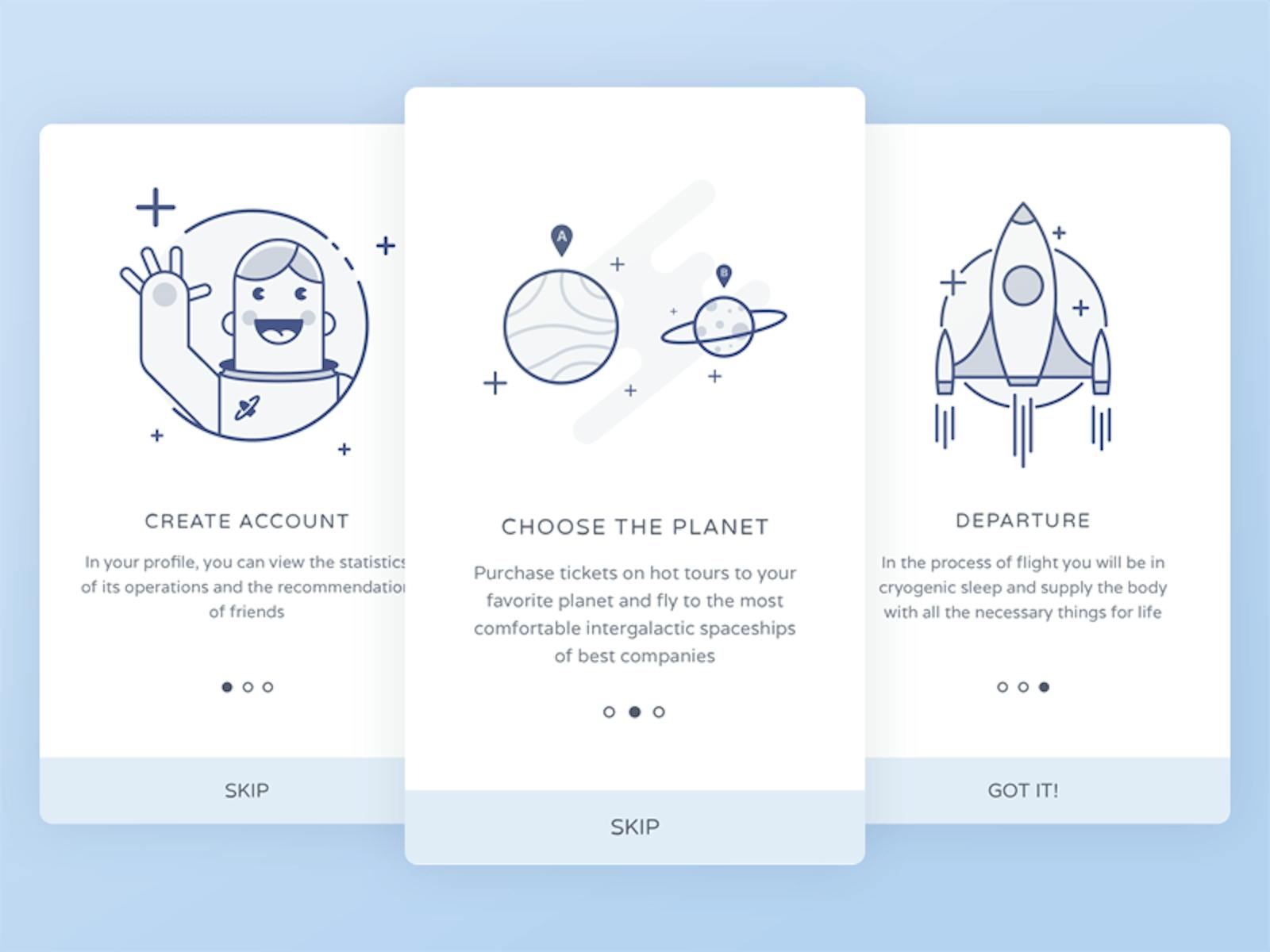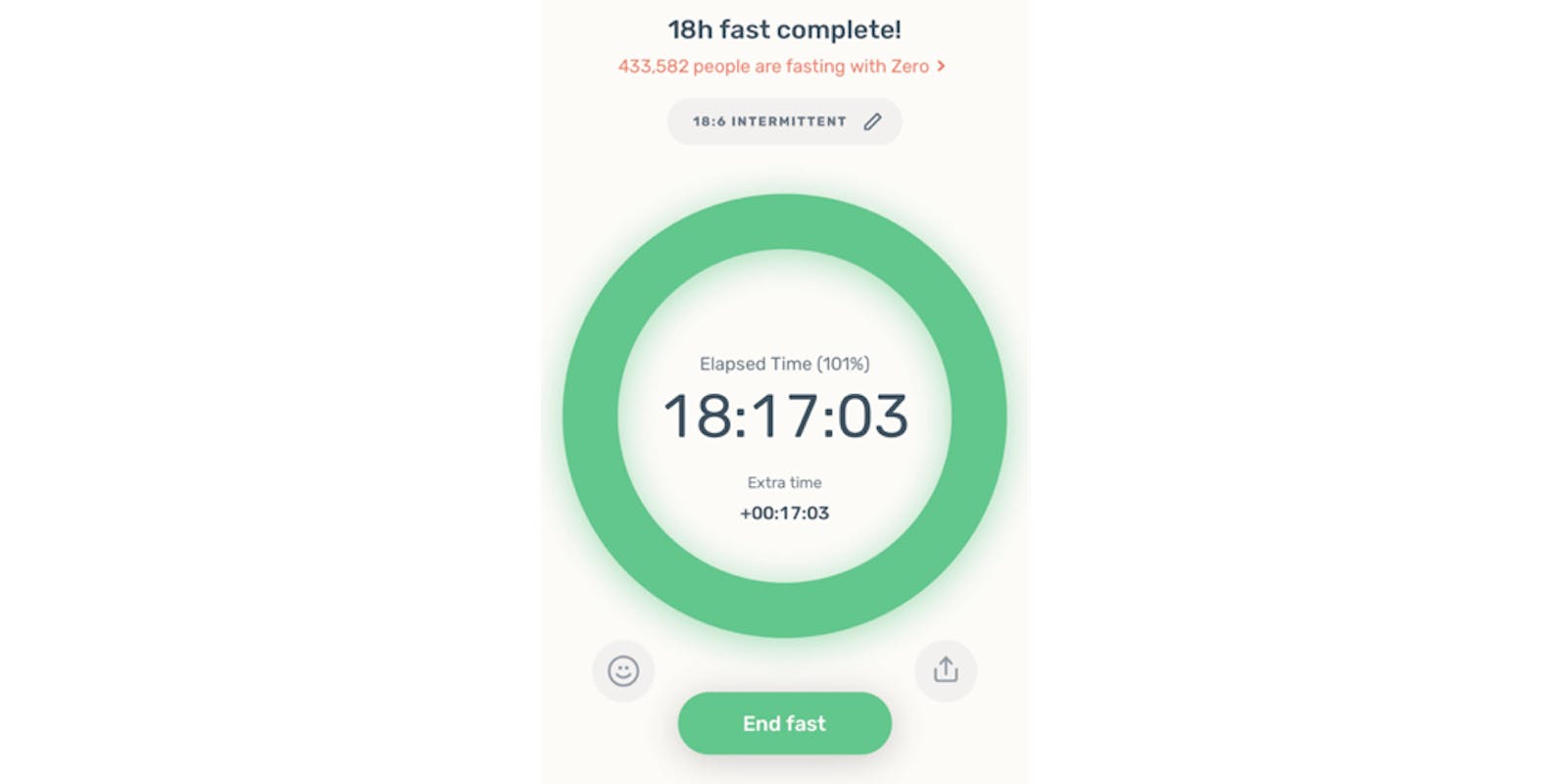
When anyone talks about growth, all you think about is downloads - the top of the funnel. However, the bottom of the funnel metrics such as app engagement (or retention rate) is one of the most important growth metrics that you should pay close attention to because without it all you have is a leaky bucket and sustained growth will be nearly impossible.
If they stay, they will pay.
With CPIs constantly increasing, app publishers have to ensure a high-quality product with high app engagement to ensure that they can continue to spend on marketing.
In this post, you will discover surefire ways to improve your mobile app engagement.
1. Email marketing

“Besides push notifications, email marketing is one of our strongest performing channels. We definitely have a very strong email calendar in place which is supporting everything else we are doing,” says Mirela Cialai, Director of Mobile Marketing at Zinio LLC.
One of Zinio’s most successful campaigns in terms of revenue and user engagement is their quarterly campaign where most of their catalog is discounted through a coupon code.
The company has tested offering the discount from the start without a coupon code versus giving customers the same discount with a code and surprisingly, the coupon code campaign performed better.
There are two important email drip campaigns that every app company should have - an activation and an app abandonment sequence.
Zinio has increased conversion rate by 13X by testing different cart abandonment emails such as different messaging, sending the email a day later or adding an extra reminder.
In terms of the activation email drip campaign, it’s important to show users the value of your app and how it improves their lives. This is a great opportunity to share customer testimonials, key features of the premium plans, discounts or some of your best content.
And most importantly, during any email marketing campaign, you should always have an email that engages the user and gets them to reply.
This signals to the email provider (i.e. Gmail) that your emails do NOT belong in the promotions tab. Email is a two-way communication channel, so getting your users to reply to your emails is a great way to signal to Gmail that you are a friendly email, not a promotional one.
2. Clear on-boarding experience
When a user enters your app ecosystem, make sure you show the right tutorial and on-boarding experience that the user expects to see.
Are they advanced users who want to just start using the app or are they beginners and need to be shown a tutorial about the app?
There should NOT be a mismatch in the users that you are targeting and the on-boarding experience that they see when they are in your app.

“Even before you think about Day 2, Day 3, or Day 30 retention, look at your Day 1 retention. For every dollar you spend, every single user that leaves on day one is lost potential revenue,” says Jon Lau, Senior Manager of Growth at DraftKings.
For example, during his time at PLAYSTUDIOS, Jon explains that they were targeting experienced slot players on Facebook who were “high rollers” and used to playing with billions of coins in other slot games.
However, their app had a 5-minute tutorial to teach users how to play slots and gave a bonus of just 500 coins. There was a fundamental mismatch between the targeted “high rollers” and the app’s on-boarding experience which was meant for beginning slot players.
Furthermore, do NOT assume that the user will immediately open the app upon downloading.
I have personally downloaded apps only to forget what the app does when I eventually open it for the first time weeks later. The onboarding tutorial is a great way to remind users of the benefits of the app and why they even decided to download it in the first place.
3. Regular updates
You have to fight to be relevant.
“People who monetize as soon as they join your app are not the ones you want to count on. It's the ones who stay for a long time, those are the ones who are going to sustain your revenue base,” says Chuka Ikokwu., Head of Analytics at Exploding Kittens and Founder & CEO at Divercity.io.
And to stay relevant, you have to continually provide updates to your app that your users will love. From new characters to new puzzles to new content, your users need a reason to come back to the app other than just the functionality of it.
Chuka cites League of Legends as a great example. They have been upgrading the app for over a decade now and this type of culture has created a very loyal fan base.
4. push notifications
As you continually push updates through the app, it’s important to let your users know that these updates are live. And while I hate push notifications, they are a great way to bring users back into the app.
“The most commonly overlooked tactic from a retention standpoint? I hate to say it, but with mobile, I would say lack of push notifications,” says Chuka Ikokwu.

It is very important to make sure you properly ask the user to accept push notifications.
“Rather than just like sending the native prompt for someone to allow push notifications, very crisply explain why you want to send them a notification. For instance, can we let you know about your rewards?” explains Chuka Ikokwu.
The key is to appeal to something that you suspect the user values and then they are more likely to allow the push notification.
Moreover, you can use a custom prompt to ask users to enable push notifications.
At Zinio, they have adapted their push notification message based on user behavior. Rather than just showing the native push form, the company started displaying a creative with two calls to action asking whether the user would like to enable push notifications.
If the user said yes, they would deep-link to the native prompt. However, if the user said no, they would wait a few months and hopefully catch the user at the right time and when they are happy with their experience and most likely to enable push notifications.
5. Community
In our interview with Peter Hansen-Chambers, CFO at Hutch, he said that “mobile games are becoming more sophisticated and definitely require features that support social play.”
At Hutch, they are drilling further into community opportunities and leveraging the social strengths that accompany their games.
Once you build a community within your app ecosystem, the community becomes one of the primary reasons that users keep coming back to the app. Whether it’s to share their latest wins, keep up with their clans or just stay in touch with their newfound friends.
At the beginning of any community, it’s important to make sure it’s lively, but once the community becomes big enough it will moderate itself and take on a life of its own.
And a community does not necessarily have to be one that is interactive nor related to games.
For example, Unplug allows users to comment on their meditations.

And the app, Zero, does a great job of showing the number of users who are current fasting.

These are just a few simple examples of how you can incorporate a sense of community within your app.
Pollen VC provides flexible credit lines to drive mobile growth. Our financing model was created for mobile apps and game publishers. We help businesses unlock their unpaid revenues and eliminate payout delays of up to 60+ days by connecting to their app store and ad network platforms.
We offer credit lines that are secured by your app store revenues, so you can access your cash when you need it most . As your business grows your credit line grows with it. Check out how it works!